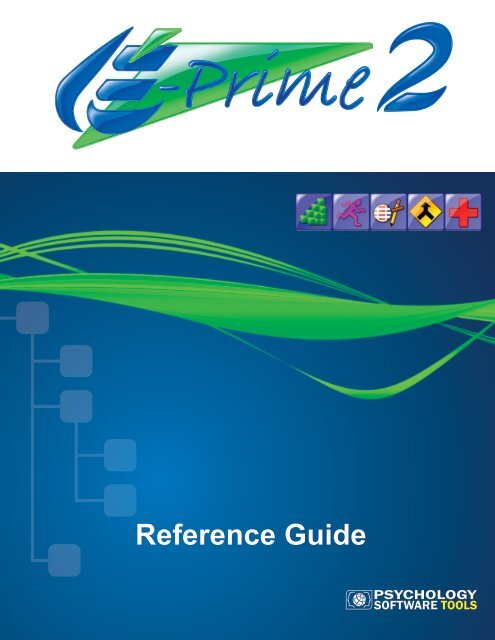
2, 12, 13 Manoach et al observed greater activation in the DLPFC in the schizophrenic group compared with controls and a positive correlation between activation and task performance. The brain activation patterns responsible for the poor performance remain controversial. Schizophrenia is characterized by longer reaction time and less accurate working memory performance, especially as the memory load increases. 10 After accounting for individual differences in gyral patterning and shape, the DLPFC is a key cortical region in which gray matter is reduced in volume in schizophrenic patients compared with their clinically unaffected MZ cotwins, changes that are correlated with the degree of cognitive dysfunction and negative symptom severity in the patients. Specifically, a relatively greater degree of reduction in frontal and temporal cortical volumes compared with posterior cortical volumes in patients with this disorder have been reported. 5–9 Structural neuroimaging studies provide convergent evidence indicating that working memory anatomical correlates are affected in schizophrenia. 3, 4 The working memory deficits are associated with the severity of negative symptoms and impairments in social and occupational functioning. In neuropsychological studies, patients with schizophrenia have been found to show performance deficits on nearly all measures of functioning, with working memory among the domains most severely affected.

Several lines of evidence suggest working memory, and the dorsolateral prefrontal cortex (DLPFC) component in particular, as a critical domain of dysfunction in the pathophysiology of schizophrenia. This redirects the focus of research from direction of difference to neural mechanisms of inefficiency.įMRI, schizophrenia, working memory, dorsolateral prefrontal cortex, cortical inefficiency Introduction

These findings from a large multisite sample support the concept not of hyper- or hypofrontality in schizophrenia, but rather DLPFC inefficiency that may be manifested in either direction depending on task demands. This effect remained when age, gender, run, hemisphere, and performance were considered, consistent with inefficient DLPFC function during working memory. Conclusions: The increase in BOLD signal change from minimal to moderate memory loads was greater in the schizophrenic subjects than in controls. A secondary analysis matched subjects for mean accuracy and found the same BOLD signal hyperresponse in schizophrenics. The mean BOLD signal in the DLPFC was significantly greater in the schizophrenic group than the healthy group, particularly in the intermediate load condition. Results: Subjects with schizophrenia performed slightly but significantly worse than the healthy volunteers and showed a greater decrease in accuracy and increase in reaction time with increasing memory load. A region of interest analysis examined the mean BOLD signal change in an atlas-based demarcation of the dorsolateral prefrontal cortex (DLPFC), in both groups, during both the encoding and retrieval phases of the experiment over the various memory loads. Subjects performed the Sternberg Item Recognition Paradigm 1, 2 with memory loads of 1, 3, or 5 items. Methods: In this functional magnetic resonance imaging (fMRI) study of working memory, 128 subjects with chronic schizophrenia and 128 age- and gender-matched controls were recruited from 10 universities around the United States. Both prefrontal hyper- or hypoactivity in chronic schizophrenia have been found in previous studies of working memory. Background: The Functional Imaging Biomedical Informatics Network is a consortium developing methods for multisite functional imaging studies.


 0 kommentar(er)
0 kommentar(er)
